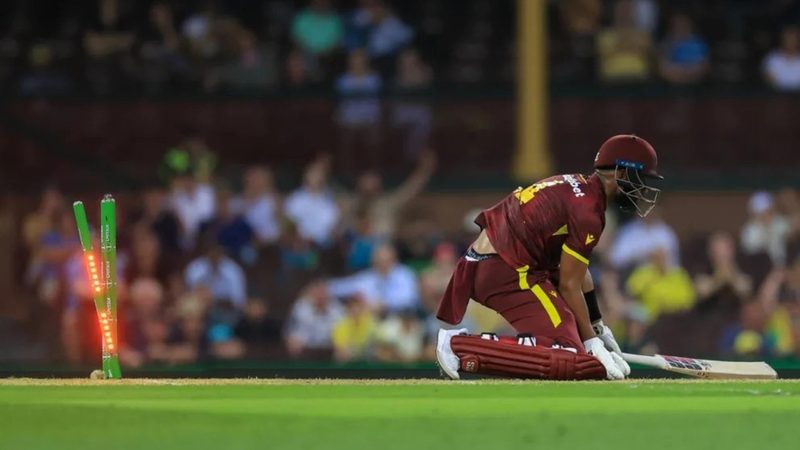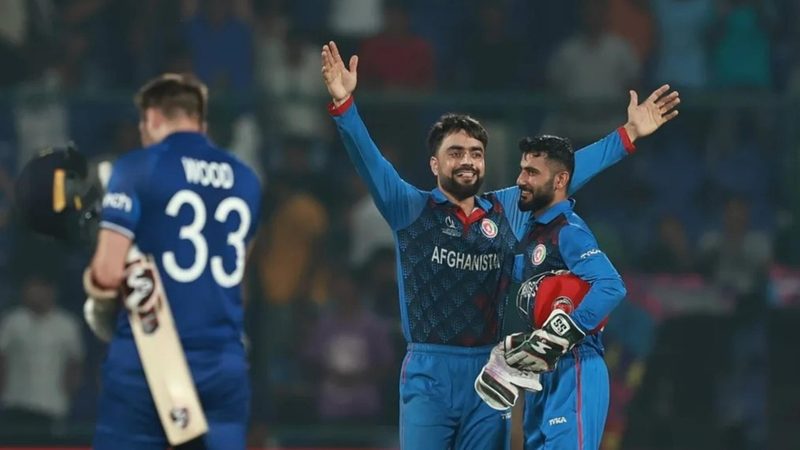
The idea of a kabaddi match in ancient history was completely different to what we watch on TV these days. Initially adopted as an activity to hone battle skills, kabaddi has come a long way in establishing itself as one of the most-watched sports in India.
It has been documented that the chronicle of kabaddi is almost 4,000 years old. Hindu mythology states that in the epic Mahabharata, Pandava warrior Arjuna learned the skills from his closest friend, Lord Krishna. Arjuna’s son, Abhimanyu, too used kabaddi strategies to breach the seven-tiered ‘Chakravyuha’ defence during battle.
It took its time to become a popular sport in India, but fast forward to today’s date and kabaddi has rightly found its place.
A brief timeline of kabaddi’s evolution
-
Origin: > 4000 years ago
-
1918: First set of rules for kabaddi in India were introduced
-
1936: Demonstration at the Summer Olympics in Berlin
-
1950: Formation of All India Kabaddi Federation
-
1980: First-ever Asian Kabaddi Championship
-
1990: Kabaddi included in Asian Games
-
2004: First-ever standard style Kabaddi World Cup
-
2014: Advent of Pro Kabaddi league in India
Since making its demonstrative appearance at the 1936 Summer Olympics in Berlin, kabaddi matches, especially in India, have undergone myriads of changes; right from its playing surface to technical aspects like the addition of bonus line and productive raid.
Different types of kabaddi matches
Laymen are mostly aware of the standard style kabaddi. A very few, however, know that the sport has the privilege to organise itself in two different formats – the standard style and the circle style. While the two styles are distinguished on a few notable grounds, India has further bifurcations in a kabaddi match.
Sanjeevani kabaddi: A Sanjeevani kabaddi match is played over the course of 40 minutes with a five-minute break between the two halves. With seven players in each team, this form of kabaddi sees the revival and out rule. When a player is touched or is caught, they will be sent out of the court. Points will be awarded to the opposition, and the team will get an opportunity to revive an out player. In case of an all-out, the team is rewarded with four extra points.
Amar kabaddi: The Amar style has the same duration as the Sanjeevani kabaddi match, but in this particular form, a player who is declared out stays in the court and the game continues. For every touch, a team gets a point.
Gaminee kabaddi: A Gaminee kabaddi match has no fixed time duration as it focuses more on an out-all strategy. Seven players play on each side, and the player who has been put out has to stay out until an all-out is inflicted on his team. For every all-out, a point is rewarded. Victory is secured after a team earns five or seven such all-out points.
Changes in kabaddi rules over the years
When kabaddi entered the world stage in the early 21st century, the guidelines in place were raw. For example, there was no set time for raid duration, meaning that a raider can waste as much time as they would want. Injuries were frequent and as the World Kabaddi Federation (WKF) described, a kabaddi match looked like a combination of wrestling and rugby.
In order to improve the game for both the players and the viewers, several amendments were brought in place. In 1983, a bonus line was included in India to make the game more interesting. A bonus line in kabaddi is the line between the end line and the baulk line. Note that the bonus line is only active when the opposite team has six or more players on the court. To get a bonus point, the raider must cross the line marked in the territory of the defending team. Productive raids -- where a raider had to score a point or concede one -- was brought in effect in 1989 to add to the thrill.
Amendment of raid durations was further put in place. As things stand, a raider will have a maximum of 30 seconds to complete a raid and will receive a warning once the person crosses the 20-second mark.
Shift from mud to mat transforms kabaddi
In 2002, synthetic foam mats were introduced during the Malaysia Open and that effectively brought a massive change in the game. Kabaddi matches took a big leap from hereon as the players were able to perform freely enough. Furthermore, the addition of a mat meant kabaddi now moved from being an outdoor sport to an indoor one.
A shift from dusty grounds to mats has helped kabaddi transform from India’s indigenous game to multi-faceted professional sport. The transition has propelled kabaddi being a more raider-friendly game, assisting the defenders.

All international standard style events are now held on the mat and even national, state and district level competitions in India are following the suit. A shift from mud to mat has helped strengthen the sport and also gain more acceptance across the globe.
“The game on mud and that on the mat is very different,” said former India national kabaddi team player and Arjuna awardee BC Ramesh. “On mud, footwork mattered a lot for raiders. The game was more skill-based. Now only skill doesn’t work. You need to move a lot on the court and unsettle the defenders. On the mat, the speed of the game has increased a lot, so it is now about your skill, speed and strength.
“The mud offers less friction and allows the foot to skid. On the mat, the friction is more and the foot has a firmer grip on the surface. It comes with both advantages and disadvantages.”
Pro Kabaddi ace Rakesh Kumar believes that the mat offers the right amount of grip to execute a wide range of skills.
“Be it the jump, or the dubki (duck), it is easier as he has a firm footing on the mat. On the mud, it is harder as the raider often slips while attempting those skills,” Rakesh Kumar explained.
“It works the other way round for defenders. The loose footing on the mud helps absorb the shock the body goes through when it clashes with the raider. On the mat, it is not the case. The pressure is all on your legs as it doesn’t skid. That’s why you don’t see many single-man blocks or chain tackles succeeding on the mat,” he pointed out.
Pro Kabaddi: Glorifying the sport
The advent of Pro Kabaddi in India in 2014 was a major step ahead for the sport. The league was launched to unearth Indian kabaddi players and promote the sport across the country. The addition of glamour means it took no time for the competition to hit the ground running.
Duly backed by Star Sports, who acquired its broadcasting rights, the opening day of PKL during the inaugural season had accumulated viewership of 22 million.
According to the channel, viewership reached 435 million during the season, which was second in India only behind the 560 million that cricket’s Indian T20 League pulled.
There has been no looking back since, as kabaddi’s rapid growth eventually attracted foreign players to be a part of the extravaganza.
To increase the intensity of a kabaddi match and make it more captivating for the viewers, PKL brought in a couple of new sets of rules in Super Tackle and Do-or-Die Raid.
You're a wizard Nabi!
Mohammad Nabibakhsh pulled off one of the best raids we've ever seen in #VIVOProKabaddi right after everyone was convinced he was caught in a Super Tackle - WOW!
Watch #VIVOProKabaddi every day on Star Sports & Hotstar!#IsseToughKuchNahi pic.twitter.com/jj22tPnN7z
— ProKabaddi (@ProKabaddi) August 15, 2019
- Super Tackle: Stopping a raider from crossing the midline would traditionally result in a point for the defending team. However, if the team is reduced to three or fewer players and they execute the same, they are awarded an extra point, and this would be termed as a Super Tackle.
- Do-or-Die Raid: If a team fails to pick a point in two consecutive raids, the player coming in for the third raid (a do-or-die raid) has to score a point. Failure in doing so means he would be declared out and the opponent would earn a point.
Rules like these have reincarnated the fascination in the sport and have rightly changed the face of kabaddi in India. Like any other sport, kabaddi matches will still evolve with time. Rules may change, but the sport will still keep its charm intact.
Feature image courtesy: Pro Kabaddi 2020























